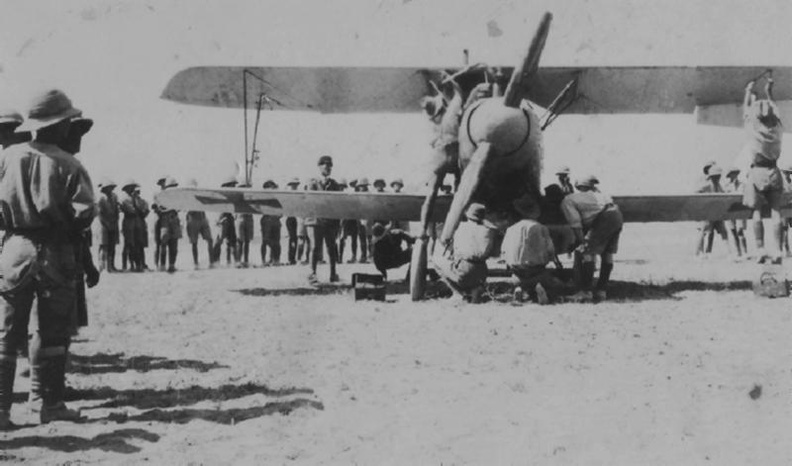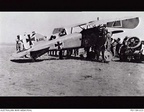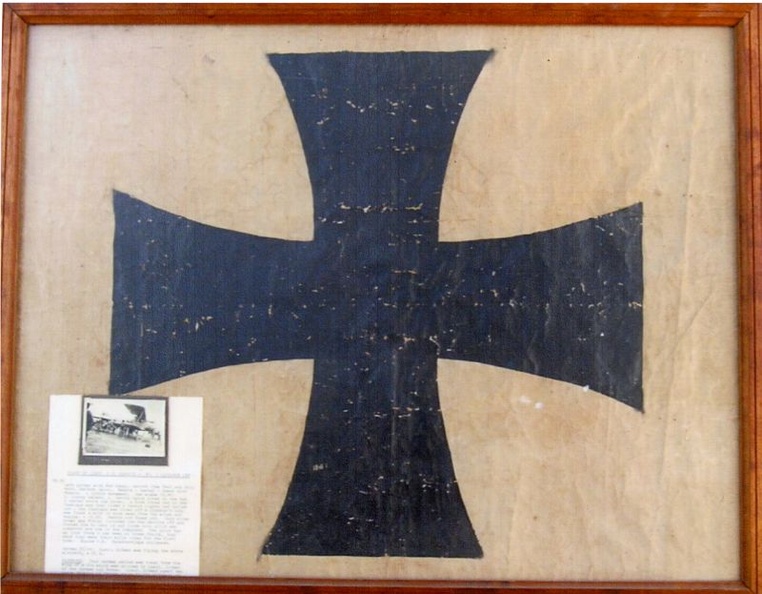
ADF-SERIALS
Australian
& New Zealand Military Aircraft Serials & History
Albatros
Flugzeugwerke GmbH
Albatros D.III

| Serial | Type | Aircraft History |
| D636/17 | Albatros D.III |
At 7:30 am on Monday, 8 October 1917 Oberleutnant Gustav Adolf
Dittmar of Flieger Abteilung 300 ( Fl.Abt 300)
stepped into his Albatros 636/17 along with a comrade piloting
another aircraft. Dittmar had moved to Turkey in 1912 and on
outbreak of the war had joined the German forces assisting
Turkey. The two Albatros D.III fighters from Fl.Abt. 300 were
not tropical the tropical vaiants, but standard European
fighters from the second production batch and arrived in theatre
in June 1917. That morning Second Lieutenant RC Steele (a Canadian) and Lieutenant JJ Lloyd-Williams from 111 Squadron took off from Deir el Belah with two other aircraft for their morning patrol. At 8am the three British aircraft came into contact with the two Germans. Much to the shock of Dittmar, he was outgunned and outmanoeuvred by this new aircraft. A bullet through his petrol tank and another through the radiator ended his flight. The aeroplane glided to a smooth landing between Goz el Basal and Karm. Some men of the 9th Light Horsemen who were on outpost work on the west side of Goz el Basal immediately mounted and galloped out to where the aeroplane had landed. They arrived at the same time as Dittmar was attempting to set light to the aircraft. A couple yelled instructions and a few rifles waving wildly convinced Dittmar that his downed aircraft was not worth dying for so he awaited capture. It didn't take long for dozens of men to arrive and marvel at the captive aeroplane. A gun limber was brought up and the aeroplane attached like a jinker on the limber and was carted off to British lines. No 1 Squadron, Australian Flying Corps, members recovered the machine and moved it to their airfield where repairs, including a bullet holed radiator, were carried out returning it to flying condition. Later on the aeroplane was dismantled and sent to London for examination. Dittmar spent his first night of captivity as guest to the British at Deir el Belah and then onto a POW camp in Egypt where he spent the rest of his war. A section of wing fabric from 636/17 is held by the Aviation History Museum of Western Australia. |




